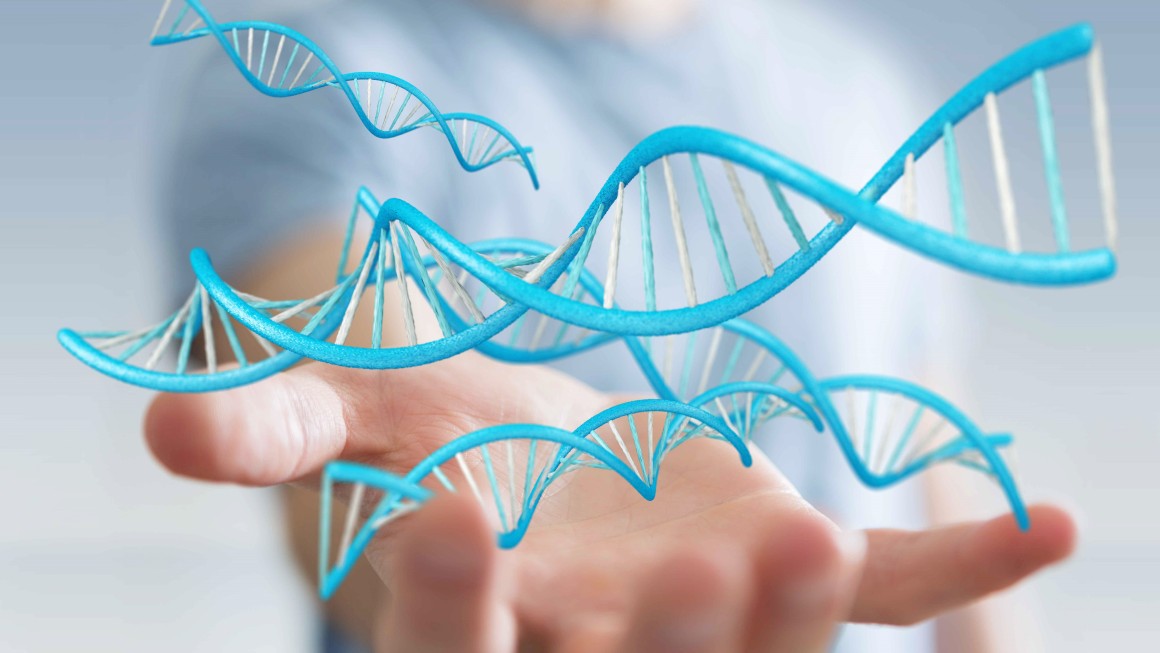Lipid nanoparticles can be formed through several methods, including mechanical methods, replacement of organic solvents with aqueous media and detergent removal methods. The most common method for the nanoparticle liposome formation includes the formation of lipid films and hydration of the film with an aqueous buffer. As a nanoparticle preparation method and owing to its robust, scalable and reproducible factors, microfluidics has widely attracted people’s attention. The accurate production of nanoparticles can be achieved by microfluidic preparation method through the controlling of flow rate ratio, total flow rate, organic solvent and lipid concentrations. The particles produced by microfluidic method show smaller size, higher drug loading and narrower size distribution. The preparation of lipid nanoparticles is a major part of developing controlled, targeted lipid delivery systems for therapeutics.
Containing a lipid derivative of an MRI contrast agent and a model photosensitizer, zinc phthalocyanine, a theranostic liposome was prepared through the thin lipid film hydration (TLH) method. The researchers went on a study that compared the TLH prepared theranostic liposomes to those prepared via microfluidics.
The study found that microfluidics offers some advantages for theranostic lipid nanoparticle preparation. The zinc phthalocyanine photosensitizer was shown to incorporate significantly better through microfluidics than by the TLH method. The loading capacity of the photosensitizer was 2-3 times than that was found in lipid nanoparticles prepared by TLH. The lipid nanoparticles prepared through microfluidics were also found to have improved relaxation which was able to improve the MRI contrast and reduce the dosage of contrast agent. In addition, the study demonstrated that the a high surface area to volume ratio to a lower PPC to zinc phthalocyanine photosensitizer ratio could result in the increased diffusion of water molecules through the lipid nanoparticle membrane and enable interactions with paramagnetic centers. Although the properties of the lipid nanoparticles remained unchanged when switching from the TLH preparation method to microfluidics, the microfluidics did show more potential advantages than traditional TLH method.




